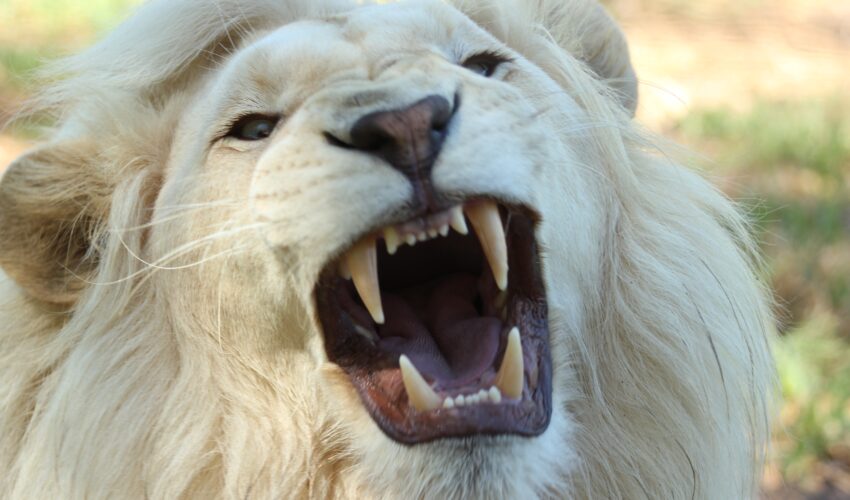My first real roller-coaster ride was on the Loch Ness Monster at Busch Gardens in Williamsburg, Virginia. My three best friends and I all worked there, and on an “employee’s only night” at the park we decided to be the first group to ride the new coaster.
Having never ridden a big coaster, I had no idea what I was in for, but running with my friends to get in line seemed fun until I saw Nessie. She was big, yellow, and the first drop was (for the decade) massive. I started to question the entire decision, but as there was no line due to “employee’s only night” there was not time to chicken out.
So, I got into my seat, and the bar came down over my shoulders. My heart began to pound and I seriously considered asking if they could let me off the ride when we started to move. We made a slight turn to the right, and started up the first hill. It seemed like we went straight up, and all I could see was the track in front of me. I didn’t want to look left or right, I just stared straight ahead and tried not to throw up. My brain was a great help as it started sending fun messages such as, “What if you get stuck up here?” “What if your bar doesn’t work?” “What if you die?”
Then we tipped over that first hill and I thought I was going to die.
The first hill was so steep I couldn’t even see the track below us. My hair flew back and my mouth opened but all of the breath had left me and I couldn’t scream. As we came out of the drop, I found my scream and it turned into shrill laughter. We went through a loop and into a cave where the car turned sideways and sped down a spiral. We went through another loop and then, it was over.
My legs shook as I left that coaster, but my adrenaline was surging. I did it. I faced the monster and came out of it alive. My friends and I ran to the front of the line again to ride it in the back car this time, to experience every frightening moment. Not because we were coaster addicts, but because we were so proud of ourselves. And perhaps a little tipsy.
Fear, if faced, is incredible fuel for the journey. It reminds us that if something makes your heart beat a little harder, and you don’t run from it, you will become its owner instead of it owning you.
Fear in excess, thrust at us by the uncontrollable, can become debilitating. Every time we raise our head with courage we get whacked by new information. We start to believe that avoiding everything will be the answer. We build bunkers and gather our families and buy lots of canned goods and batteries.
We begin to talk about nothing but our fears, and how awful everything is, and we stay inside where we think it is safe but our homes are electrified by the fearful conversation now trapped within its walls. Because inaction breeds more fear.
Letting fear take control is easy. We can all whimper and curl up in a corner and say “ain’t it awful?” We can grab our snacks and watch television and let our courage atrophy. It’s easy to let fear win. But it never, ever feels good. Complaining is the conversational equivalent of fattening foods – it’s easy, others will join you in a second, and it feels good in the moment. Then you gain 20 pounds, your face breaks out, and your complaining becomes a habit.
Fear is an easy boss, asking you to just give up and give in so it can take over. Fear gives you immediate social media friends as everyone loves to discuss the terrible things that are happening. Fear gives you excuses and bonus points for whining.
Courage is a demanding coach, asking you to wake up and face others with an attitude that you are going to do something with the day. You are going to make one positive difference. Courage asks you to stand amongst the complainers and dare to utter a solution.
And, sometimes, courage tells you to do something that scares you so much it takes your breath away. But when your breath comes back, and you realize you took action and faced the fear, while others whimper . . .
You will roar.
